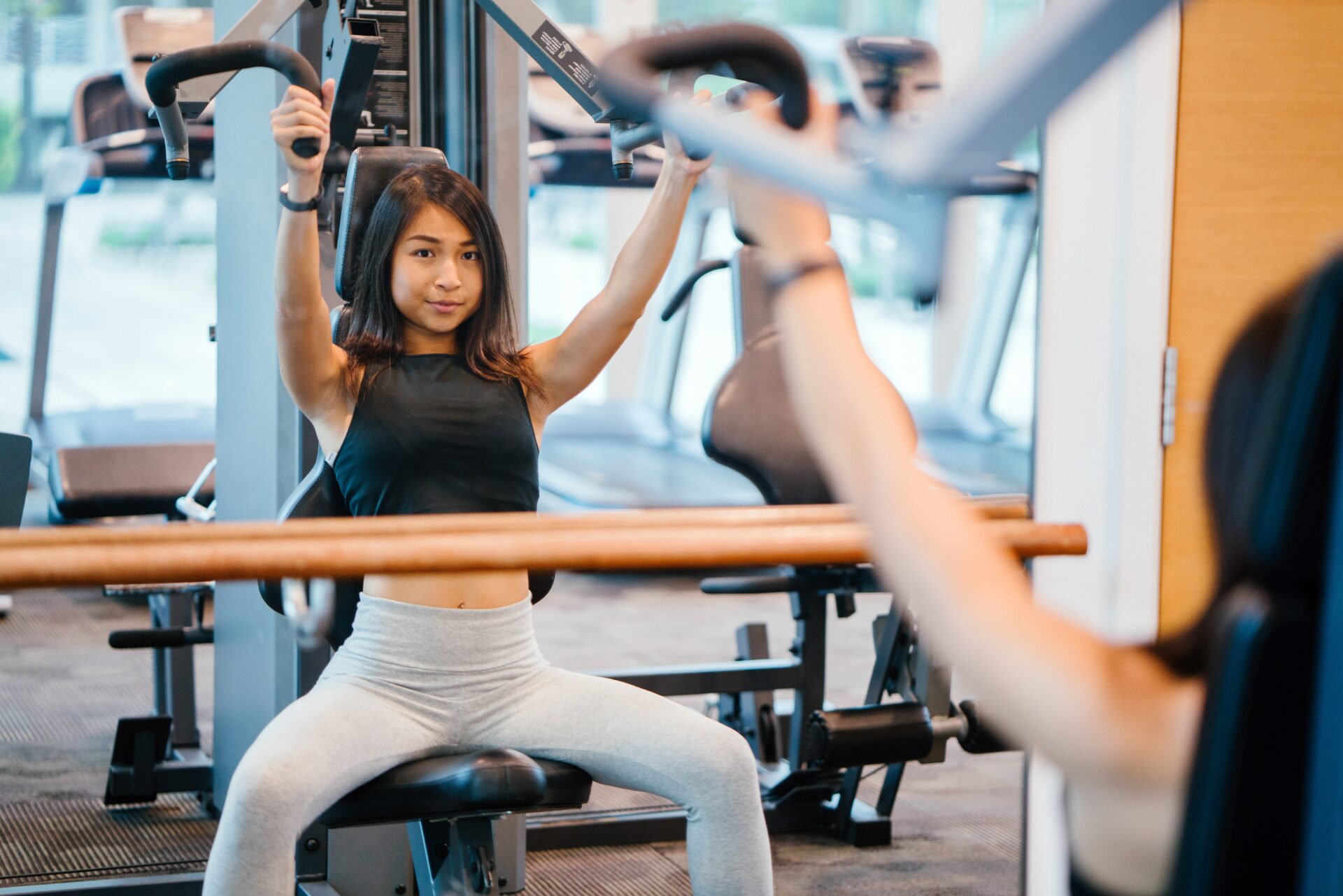
Pre-season training importance
Blog content provided from the legendary team at Northern Inland Academy of Sport
Each year sport operates in a cycle of winter and summer fixtures. Whichever season you play your sport in, there is always the risk of suffering from an injury. It does not matter if you play sport at the elite level, or on a social level, that risk factor always remains. This is one of the key reasons that pre-season training is important for every individual and team. Pre-season training has many benefits, including getting you back into shape to commence your sporting season, and reducing the risk of injuries whilst playing.
Put it this way… would you go and run a marathon without training for it and expect to be fine when you finish? Not only is it a big commitment to run over 40km but taking on a significant amount of physical exercise suddenly, can cause a lot of stress to the body. Explaining the importance or warming up your muscles and getting them used to the movements you may not have been doing in the off-season. Pre-season training can be tailored to suit different sports, to target the muscle groups that will be used most frequently, but there are exercises that can be beneficial across a wide range of sports.
Since injuries often occur due to weakened muscles (often on the less dominant side of the body) there are a whole range of activities you can do in the off-season to make sure your body will be ready to endure the impact of increased sporting levels once the season begins. Have a look here for a range of abdomen, strength building, and general exercises to incorporate into your pre-season training. Remember to start small! The idea is to build your fitness and strength levels to gradually increase muscle performance. You might want to start with bodyweight exercises such as squats, lateral bounds, box jumps or single leg hops before incorporating weighted exercises.
If you’re thinking of playing one of the team sports on offer at UNE such as netball or football, then why not check out what resources the national or state sporting organisation has to offer. Netball Australia’s KNEE program focuses on preventing some of the most common injuries in netball (knee and ankle) with sport-specific exercises for junior players, recreational players, and elite players. Footy First has developed a training program to help prevent leg injuries whilst playing community-level Australian Football. I know I’ve shared sport-specific programs with you, but many of these exercises can be adapted and will be beneficial across all sports.
If you still need more ideas for generic conditioning, then why not check out some preparation tips from UNE’s High-Performance Manager Matt Pine. These tips include hip conditioning, jumping, and landing mechanics, plyometric exercises, as well as other skills and drills, or talk to one of the team when you visit the facilities!
To learn more about fitness and wellbeing on or off season visit the Wellness Hub.
Be sure to keep up to date with the awesome NIAS athletes here.


